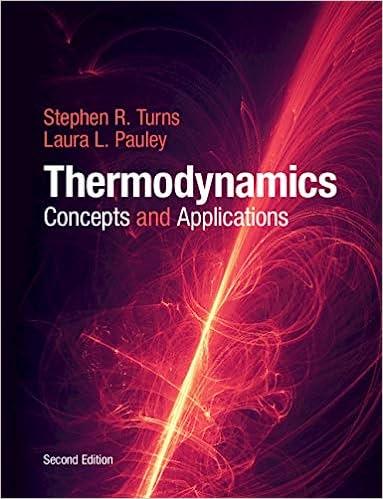Question
An industry has dumped a total of 100 pounds of trichloroethene (TCE) into a well-capped landfill (that is, assume the landfill is closed to the
An industry has dumped a total of 100 pounds of trichloroethene (TCE) into a well-capped landfill (that is, assume the landfill is closed to the atmosphere). This chemical landfill is 100 ft long by 100 ft wide and 10 ft deep, and has a temperature of 20 C. The void volume is 30 percent and 50 percent of the voids are filled with water and 50% with gas. Assume that the TCE becomes well mixed upon its addition and reaches Henrys Law equilibrium between the water and gas phase. Assume TCE does not adsorb to the garbage (not a great assumption). a. Estimate the TCE initial concentration in the liquid and gas phase. TCE is transformed by landfill microbes via a first-order rate process in the water phase to cis-dichloroethene (note this is a water phase based microbial reaction rate). The water-phase based first order rate constant is: k1 = 0.2/yr. Assuming that the gas phase and the water phase are always in equilibrium: b. How much TCE remains in the landfill after 10 years? c. How much cis-dichloroethene (cis-DCE) is produced, and what is its distribution in the water and gas phase of the landfill? d. If hydrogen (H2) is the electron donor and TCE the electron acceptor in this microbial reaction, how much hydrogen was required to reduce the TCE to cis-DCE?
Step by Step Solution
There are 3 Steps involved in it
Step: 1

Get Instant Access to Expert-Tailored Solutions
See step-by-step solutions with expert insights and AI powered tools for academic success
Step: 2

Step: 3

Ace Your Homework with AI
Get the answers you need in no time with our AI-driven, step-by-step assistance
Get Started


